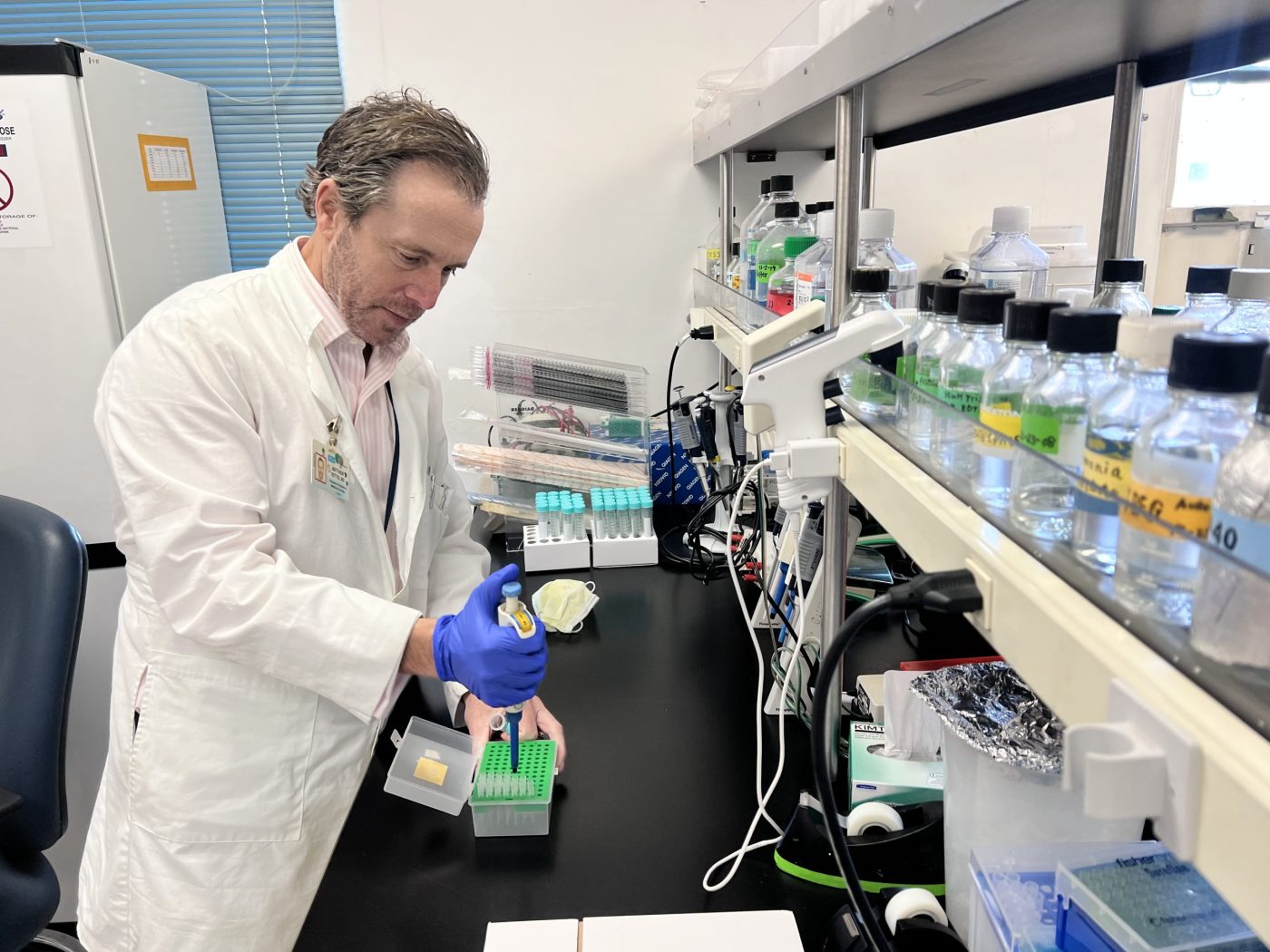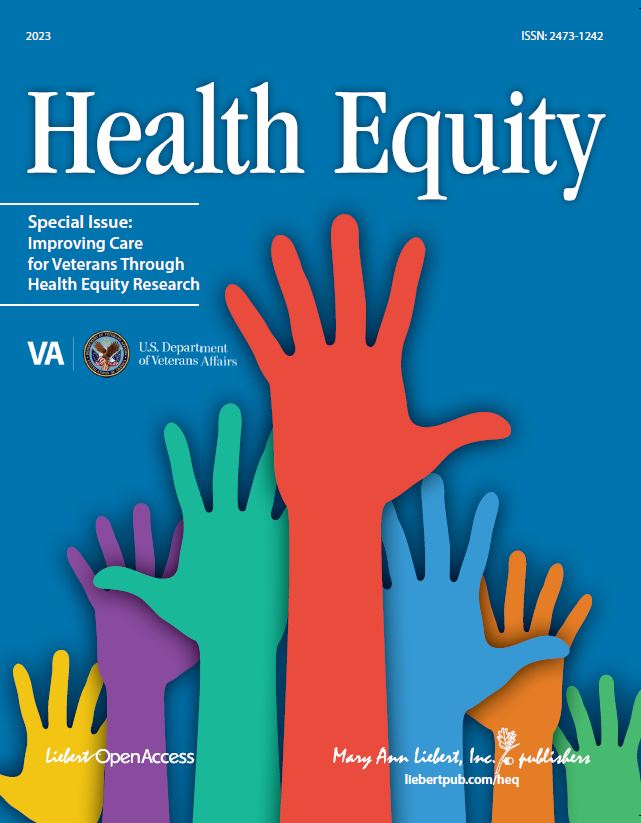A recent VA study points to a possible breakthrough in differentiating between post-traumatic stress disorder (PTSD) and mild traumatic brain injury (mTBI), otherwise known as a concussion.
The two disorders often carry similar symptoms, such as irritability, restlessness, hypersensitivity to stimulation, memory loss, fatigue and dizziness. Scientists have tried to distinguish between mTBI and PTSD in hopes of improving treatment options for Veterans, but many symptom-based studies have been inconclusive because the chronic effects of the two conditions are so similar. If someone is rating high on an mTBI scale, for example, that person may also rate high for PTSD symptoms.
The researchers used electroencephalogram, or EEG, a test that measures electrical activity in the brain. The size and direction of the brain waves can signal abnormalities.
Analyzing a large set of EEGs given to military personnel from the wars in Iraq and Afghanistan, the researchers saw patterns of activity at different locations on the scalp for mTBI and PTSD. They saw brain waves moving slowly in opposite directions, likely coming from separate places in the brain.
The researchers emphasize that these effects don’t pinpoint a region in the brain where the disorders differ. Rather, they show a pattern that distinguishes the disorders when the EEG results are averaged among a large group.
“When you’re looking at an EEG, you can’t easily tell where in the brain signals associated with TBI and PTSD are coming from,” said Laura Manning Franke, Ph.D., the study’s lead researcher and research psychologist at the Hunter Holmes McGuire VA Medical Center in Richmond, Virginia. “You get kind of a coarse measure – left, right, anterior, posterior. We had a different distribution, which suggests that different parts of the brain are involved. In order to determine what patterns are tracking their TBI and PTSD, you need an average to do that,” Franke added.
The study linked mTBI with increases in low-frequency waves, especially in the prefrontal and right temporal regions of the brain, and PTSD with decreases in low-frequency waves, notably in the right temporoparietal region.
The differences in the levels of the waves may explain some of the symptoms of the two disorders, suggesting a decline in responsiveness for someone with mTBI, for example, and more anxiety for someone with PTSD.
Franke also noted that more low-frequency power has also been linked to cognitive disorders such as Alzheimer’s disease and less low-frequency power to problems such as drug addiction. Additionally, spotting distinct patterns of mTBI and PTSD in separate parts of the brain is key for two reasons: the possibility these conditions can be confused with each other is reduced. That can help improve diagnosis and treatment and the patterns show that electrical activity appears to be affected long after combat-related mTBI, suggesting long-term changes in neural communication, the signaling between cells in the nervous system. “That could help, in part, explain the reason for persistent problems.”
The study included 147 active-duty service members or Veterans who had been exposed to blasts in Iraq and Afghanistan. Of those, 115 had mTBI, which accounts for nearly 80 percent of all traumatic brain injuries. Forty of the participants had PTSD, and 35 had both conditions.
Despite the new findings, Franke and her team believe more work is needed to better explain the differences in the patterns of both conditions in the brain’s electrical activity. Researchers need to analyze the differences in scans from larger numbers of patients.
Meanwhile, though, she said she hopes the research will play a role in helping medical professionals better diagnose someone’s condition through an individual EEG—whether that person has PTSD, a brain injury, or a combination of the two.
“That’s the holy grail,” said Franke. “We want to use the EEG to differentiate the problems, but also to predict recovery and be able to measure how people are doing in a more biological way than just measuring symptoms, although those are still relevant. But symptoms are also problematic because they’re influenced by so many things that aren’t the disease that we’re interested in.”
For more information about VA research on PTSD and TBI, visit Posttraumatic Stress Disorder and Traumatic Brain Injury. Information about Franke’s study may be found at the International Journal of Psychophysiology
###
Topics in this story
More Stories
On Thursday, June 20, 2024, VA joined more than 20 federal agencies to release its updated 2024-2027 Climate Adaptation Plan.
As part of a new research study that began July [...]
WASHINGTON ― The Department of Veterans Affairs Office of Research [...]






